- Becky Salato
- Posted On
Test scores are in and they’re not good. Now what?
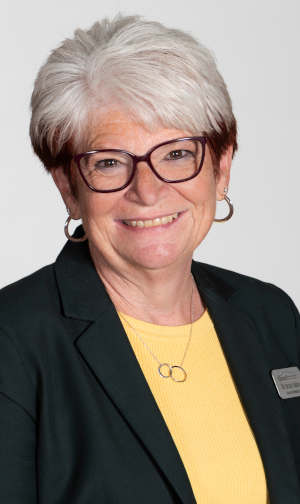
Last month, the Department of Education released student test results that confirmed what we all feared: the COVID-19 pandemic had devastating consequences on reading and math scores for students in every state across almost every demographic.
Konocti Unified School District was no exception — our students didn’t perform well. Unfortunately, this continues a trend that began even before the pandemic.
In truth, COVID simply revealed more of what we already knew: our kids’ scores reflect a lack of access to the kinds of resources and support available elsewhere. We have structural challenges (like limited internet access) and social challenges (like limited employment and health care).
We’re not here to make excuses or bury our heads in the sand. We understand the problems we face and we’re working hard to address them, but we cannot be successful unless schools and families work together.
For the last two years, everyone was isolated and relationships suffered. Schools and families did not have the opportunities to connect. Just like kids are relearning how to get along with each other and engage in learning, schools and families also need to relearn how to work together.
As a school administrator, I don’t expect you, as a parent, to agree with everything your child’s school does. I even understand the need for you to come in and blow off some steam when you’re frustrated. But then, I need you to roll up your sleeves and work with us to help your child thrive.
When parents and educators speak with a single voice about the value of education, it makes a huge difference. If schools say one thing and parents say another, kids will choose their favorite option. If we work together, we can instill a passion for learning that will allow our students to soar.
Let’s take a look at some of the unique challenges facing our community and school district.
Staffing
First, we’re navigating our way through a severe teacher shortage. This is another statewide (and nationwide) problem, but one that’s hitting Lake County hard. As a rural area, recruiting can be difficult, especially attracting top talent from outside the area. Most California school districts partner with nearby universities to funnel recent graduates into the teaching profession and into their schools, but we don’t have that option. Right now, many of our teachers are in the process of getting their teaching credential. Either they’re on a short-term waiver while they apply to a credentialing program or they’re in a program,teaching and going to school at the same time.
Social and economic challenges
Second, although our community has some wonderful upsides, including its natural beauty and slower pace of life, it also has its fair share of social and economic challenges that make it harder to recover from the pandemic as compared to wealthier communities. It’s no wonder that so many local students are struggling with their mental and physical health.
Growing enrollment
Third, while most California school districts have shrinking enrollment, our enrollment is growing — and fast. That puts a lot of strain on an already overburdened system, making the first two challenges even tougher.
The good news is that we’re on the path to overcoming these obstacles. I’m excited to share some of our plans and progress.
Recruitment and retention
To combat the teacher shortage, we’re focusing on both recruitment and retention. To attract new teachers to the district, we offer the best benefits package in the county. We’ve also become much more strategic in our search, reaching out to teachers from communities across the country that are similar to Lake County but may not pay as well as we do.
To retain our teaching staff, we offer ongoing support from our wonderful classified staff, professional development and training opportunities, and in-classroom mentorship. This is especially helpful for our newest teachers who are often passionate, homegrown locals who simply need a little extra support while they finish their credential and find their footing in the classroom.
Teaching is an incredible career, but it isn’t easy, even for our veteran teachers, so we are always looking for outside-the-box ways to show our teachers how much we value them. For example, to make it easier for our teachers to remain in the workforce, we are in the process of developing a day care program for employees.
Community partnerships and extra support
With all the social and economic barriers we have to overcome, it can sometimes feel like other communities are going over hills while we’re climbing a mountain. To make an impact in this area, KUSD offers a number of programs and initiatives to support students both inside and outside the classroom.
We start by making sure students have enough to eat by providing breakfast and lunch (and snacks). In addition to academic support, we offer a multitiered system to support students socially, emotionally, and physically so they can engage in learning.
We also partner with community providers to meet students’ needs. Healthy Start provides kids with free clothing, and local health care providers offer medical and behavioral health care via an on-site clinic. We’re leaning into health and wellness because we believe that when kids feel better, they do better.
Academic programs
To do better academically, students need to feel supported based on their individual skill and level of progress. To that end, we’ve implemented a corrective reading program to help our third through seventh graders catch up. We’re training our math teachers to make the subject more fun and hands-on, so it’s easier to grasp. Our goal is always to have the latest and most appropriate tools and resources to teach.
There’s no sugarcoating the fact that we’re not where we want to be with test scores. Even so, we’ve made progress through the pandemic. We have more staff with more training. There are better plans in place to measure our progress and we’re establishing the structural and foundational elements needed to succeed down the road. That’s the sign of a good team — that we’re never happy where we are.
I know we can improve test scores — especially when schools and families work together. In fact, I think we’re already on our way. Like I always say, we’re getting better at getting better.
Dr. Becky Salato is superintendent of the Konocti Unified School District.

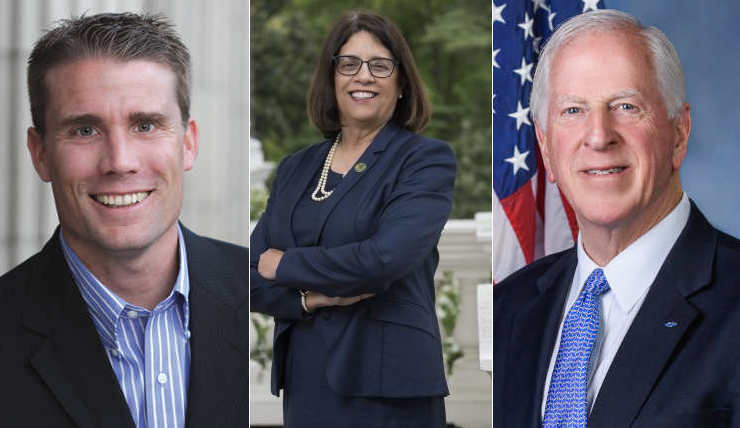
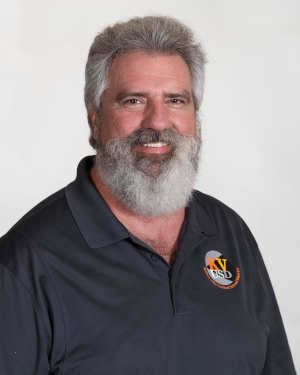

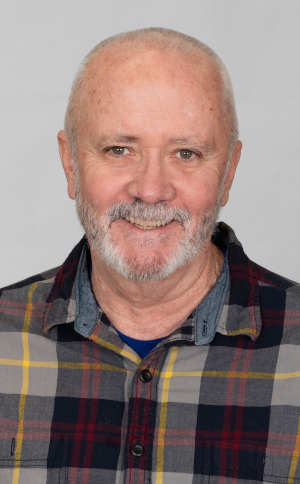
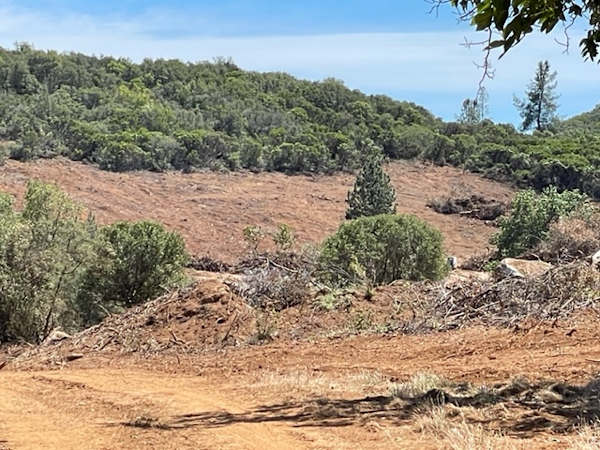
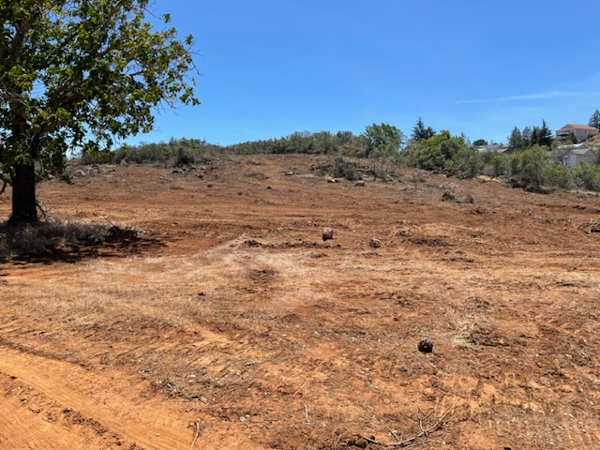
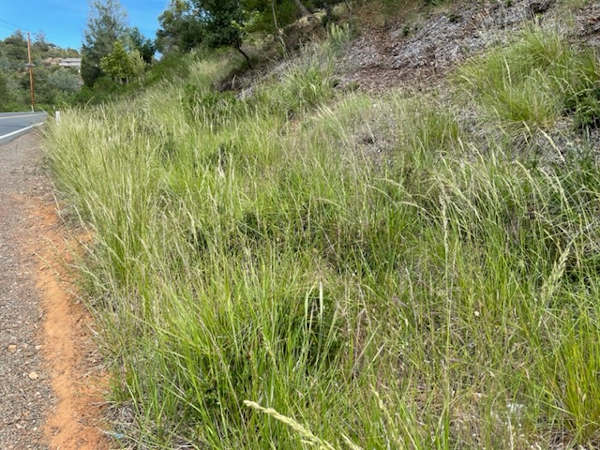
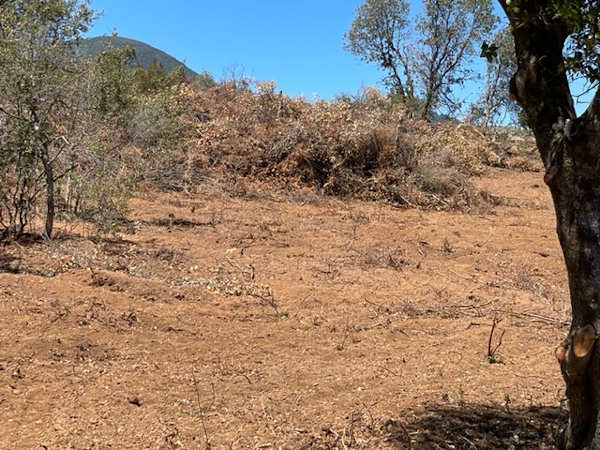
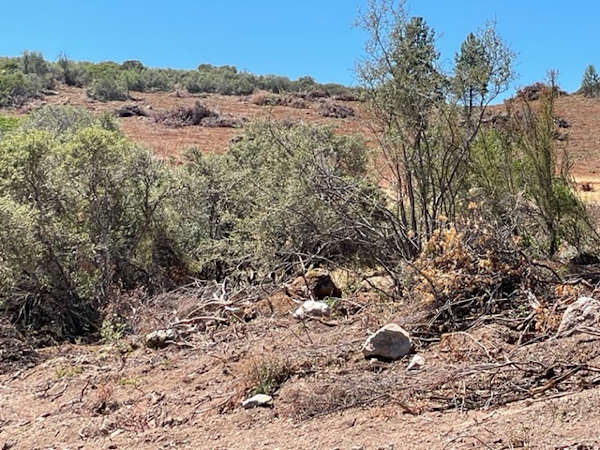
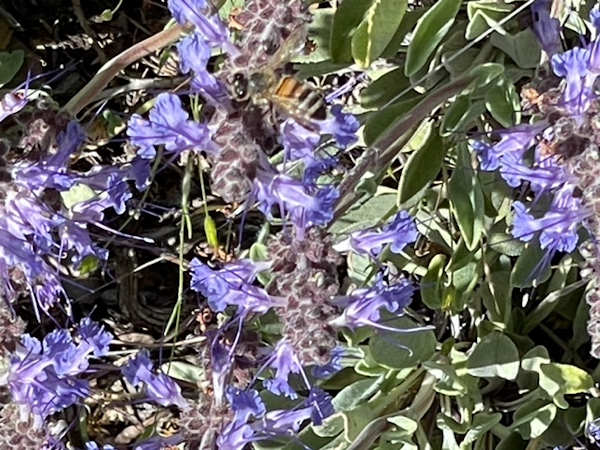
 How to resolve AdBlock issue?
How to resolve AdBlock issue? 




